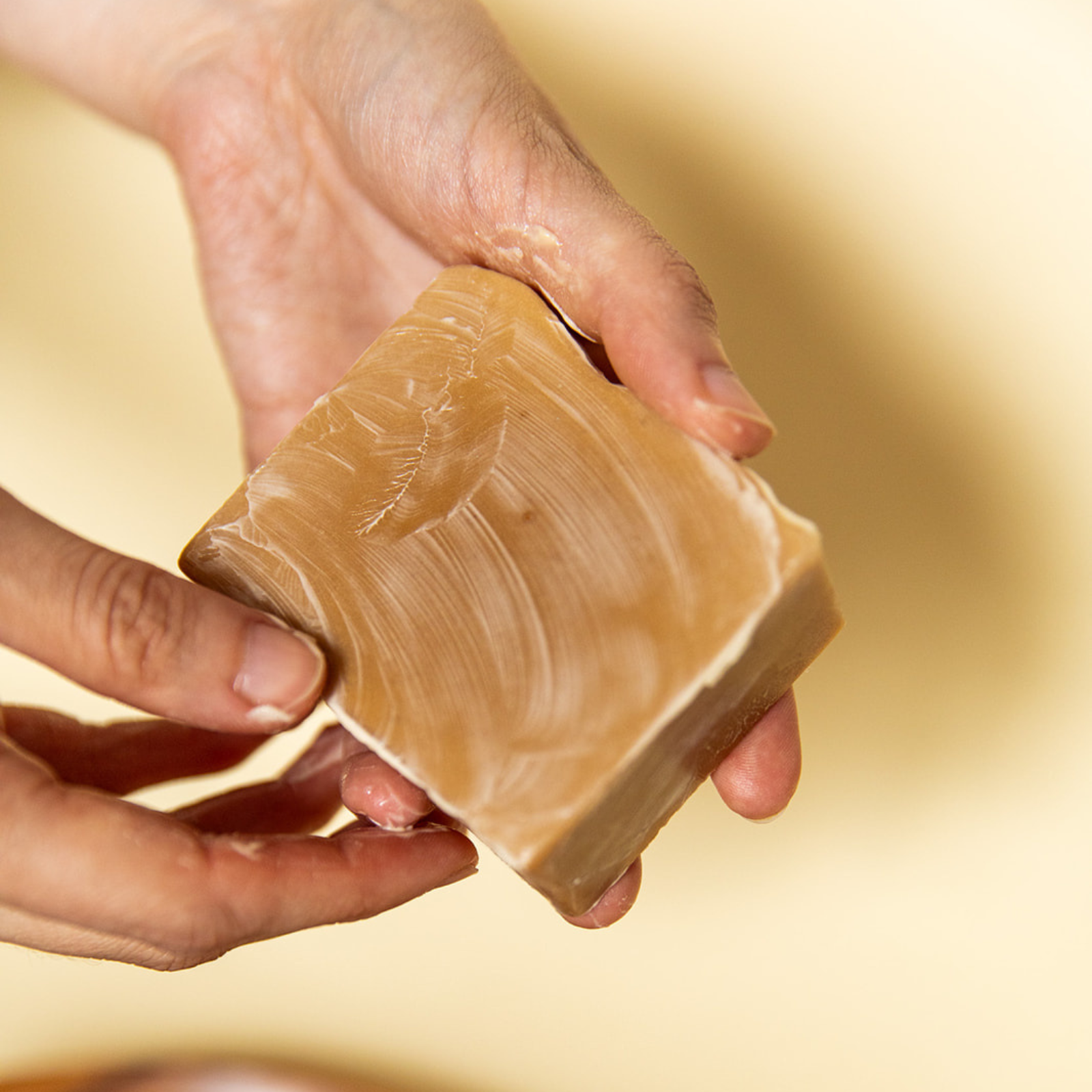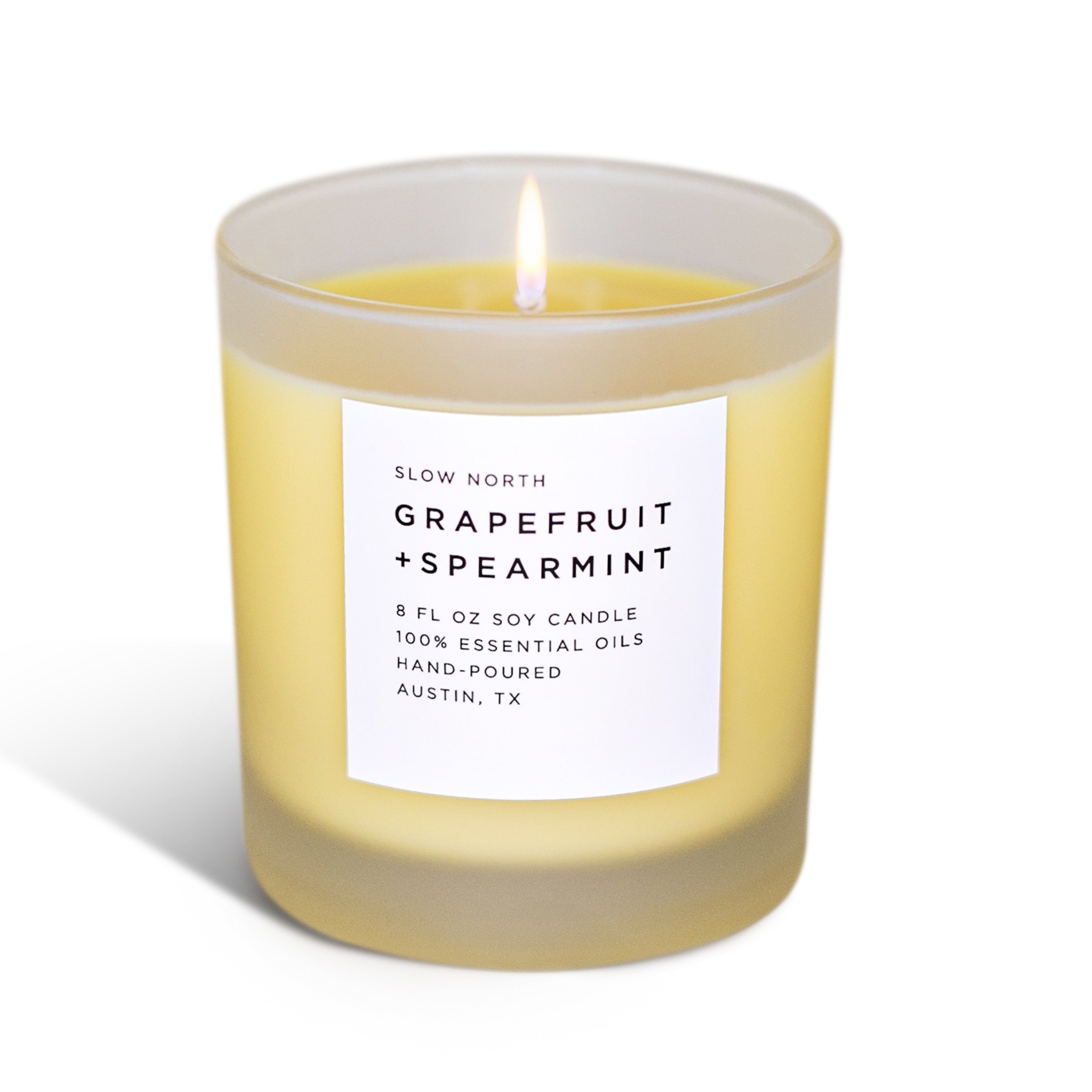Finally: the days are getting longer, the weather’s warming up, and the world is starting to shake off the winter blues. With spring blossoming (pun intended), that means it’s almost time for the spring equinox!
The spring equinox, also known as the vernal equinox, is an astronomical event that occurs around March 20th or 21st, depending on the year. This year, the equinox falls on March 20th, marking the moment when the length of day and night are almost equal.

As with other astrological events (like the fall equinox, as well as the winter and summer solstices), the spring equinox is steeped in symbolism. Here’s what the spring equinox represents and how you can draw significance from it.
The Significance Of The Spring Equinox
In cultures around the world, the spring equinox has represented a time of renewal, fertility, and rebirth. In agricultural societies, the spring equinox marked the start of the planting season, when crops are sown and farmers begin preparing for the coming season of growth.
Many cultures around the world celebrate the spring equinox with huge festivals. For example, the Persian New Year, Nowruz, is recognized on the vernal equinox. It’s been celebrated for roughly 3,000 years in regions including the Balkans, the Black Sea Basin, the Caucasus, Central Asia, and the Middle East.

Nowruz traditions vary from region to region, but many cultures celebrate by preparing sumalak, a thick pudding made of wheatgrass. Sumalak preparation takes 24 hours and involves stirring huge pots of germinated wheat seed with oil and flour. It’s tradition to sing, dance, and chant while preparing sumalak. Some families also celebrate by growing sabzeh (wheat, barley, mung bean or lentils) in a dish, symbolizing the renewal of life and the budding of spring.
In Hindu regions across India and Nepal, Holi is celebrated on the day of the full moon closest to the spring equinox. This colorful celebration involves throwing brightly colored powders and water at each other, as well as singing, dancing, and feasting. Holi – which symbolizes the end of winter and the conquering of love over evil – is seen as a time for people to forgive and forget, mend broken relationships, and start fresh.

In Christian cultures, Easter takes place on the first Sunday after the first full moon post-equinox. This holiday celebrates the resurrection of Jesus Christ and usually involves hunting eggs—an ultimate symbol of fertility. And, like many Christian holidays, Easter has roots in Pagan traditions and derives its name from Ostara/Eostre, the pagan goddess of spring.
How To Celebrate The Spring Equinox
No matter where you live or your cultural background, the spring equinox is an opportunity for renewal, revival, and fresh starts.
This is a great time to declutter your mental and physical space. Take the time to assess what’s working for you and what’s not. What will you release as the spring equinox nears? What will you keep? How will it help you move forward with more clarity and intention?

If you’ve been thinking about jumping into something new (like a new apartment, a better job, an exciting hobby), the spring equinox is an ideal moment to start acting on it.
Now that the winter freeze is thawing, head outside and spend time in nature. Listen to the birds, feel the grass beneath your feet, hear the world humming back to life. Let that energy guide you into this new, invigorating season!
Cecilia Seiter
Cecilia is a freelance writer and contributor to Slow North. She writes largely about sustainability, especially as it applies to beauty, wellness, and the future of technology. She is a graduate of the journalism department at Cal Poly, San Luis Obispo and is based in Oakland, CA.
































